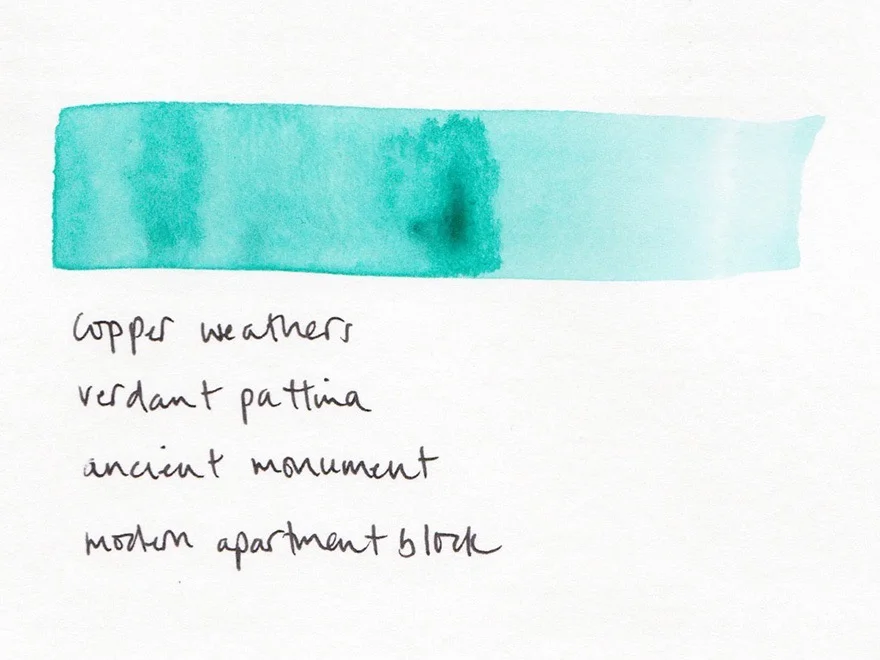I like to think of words as another material at your disposal. That the writing you create, about the things you make, is just as much your ‘work’ as the physical objects. If we think of writing like this, then it makes sense that your writing should look and sound like the things you make- it should reflect your work.
But how does this happen? How do we craft our words so that they feel like they belong with the objects we create? Well, like with all skills it takes practice and a focus of attention. If you have been following these posts you will know that I recommend to all makers to write regularly about their work. This ‘little and often’ approach will help you find those perfect ways to describe what you do, but it does take trial and error. However, alongside practice and working on your writing skills, there are 3 components of writing that will help you along… tone, style and voice. Learn the difference between them, and how to use them, and you will be closer to finding the right words for your work.
Tone
The tone of your writing should evoke a certain emotion or mood. It lets your reader know how you feel about what you are writing, and it helps them to feel a certain way about your words. The tone of your writing could be serious, irreverent, friendly, sarcastic, cheerful, sad, funny – any emotion you like. And, you can choose what tone you want to use, depending on the situation.
Style
The style of your writing might be dictated by what you need to write, whether it’s an artist’s statement, a blog post, a piece of text for a show or exhibition, a social media post or product descriptions for your online shop. On a basic level, the style of your writing can be formal or informal, but it can also be broken down into 4 types, which all have different motivations:
Informative – this style of writing favours details and facts
Persuasive – this style of writing aims to move the reader or to present an opinion
Descriptive – this style of writing creates a sense of things
Narrative – this style of writing tells a story
I will come back to Tone and Style in future posts, and we will look at examples of people’s writing to see how they create different tones and how they use different styles to help them create distinctive writing. When tone and style are combined effectively, we start to hear a writer’s voice come through, and this is where things get exciting.
Voice
A writer’s voice is an elusive thing to pin down. You know it when you see it, but it’s hard to quantify. Your voice in your writing can come from the tone and style you use – some writers have a distinctly ironic voice, or a jolly one. Some tend to favour very descriptive and elaborate ways of describing things, when others like a simple, pared-back aesthetic. As well as tone and style, the words you choose to use and how you construct your sentences can have a big effect – just as the way you speak is very distinctive, the way you write is also a fingerprint of sorts.
All these elements, combined in you and brought out through practice and experimentation, lead to the creation of a voice that seems natural and appropriate to your work and which reflects the quality and craftsmanship of your making practice.
data-animation-override>
“It’s like all your sentences always existed, just waiting for you up there in style heaven to fetch them down.”
